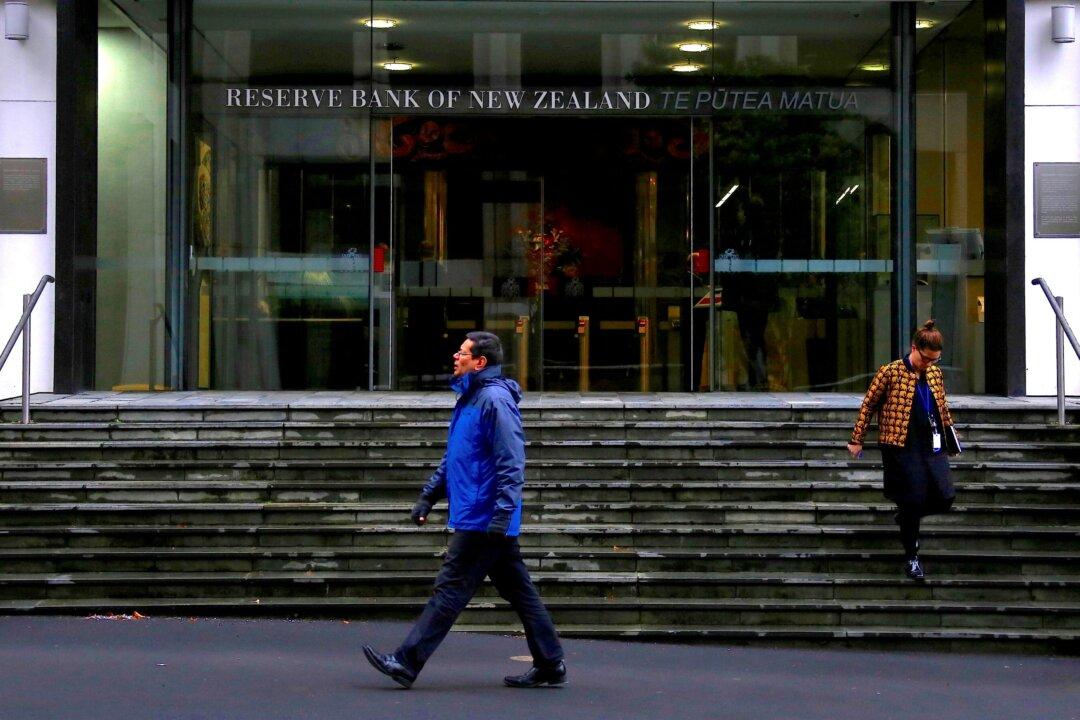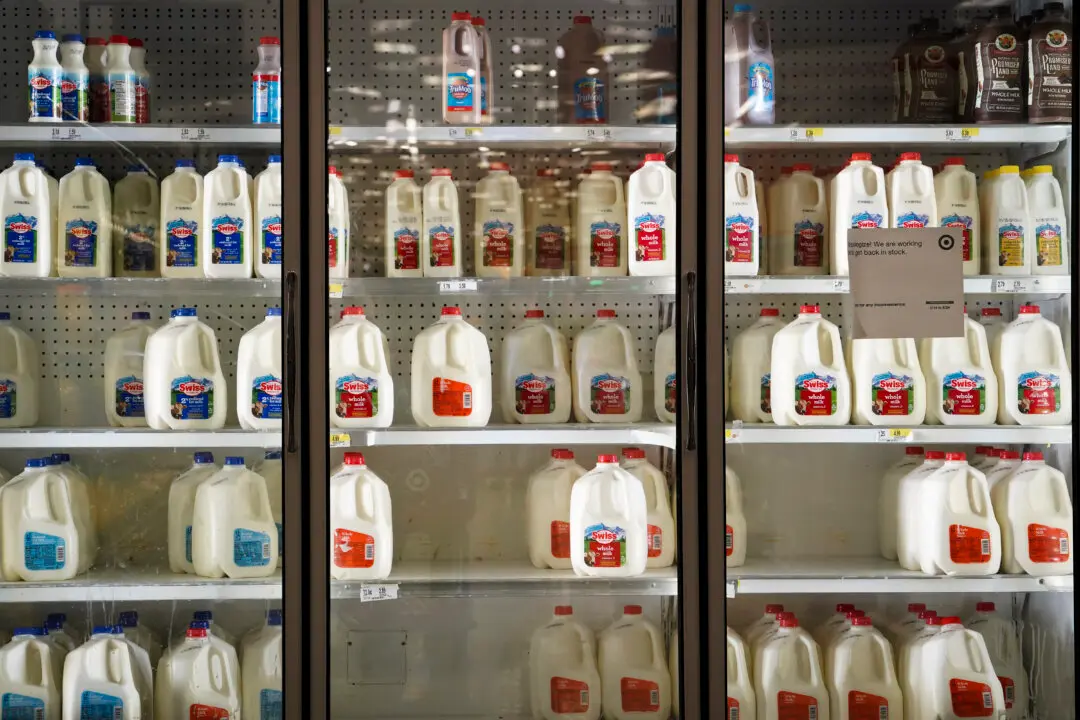The Reserve Bank of New Zealand (RBNZ) has raised its official cash rate (OCR) by 50 basis points to 1.5 percent, its biggest such increase in 22 years amidst concerns about surging inflation.
RBNZ’s Monetary Policy Committee decided on April 13 that it was best to tighten monetary conditions at a speed that will support sustainable employment and maintain the stability of prices. The committee agreed that “moving the OCR to a more neutral stance sooner will reduce the risks of rising inflation expectations. A larger move now also provides more policy flexibility ahead in light of the highly uncertain global economic environment,” the bank’s press release said.





